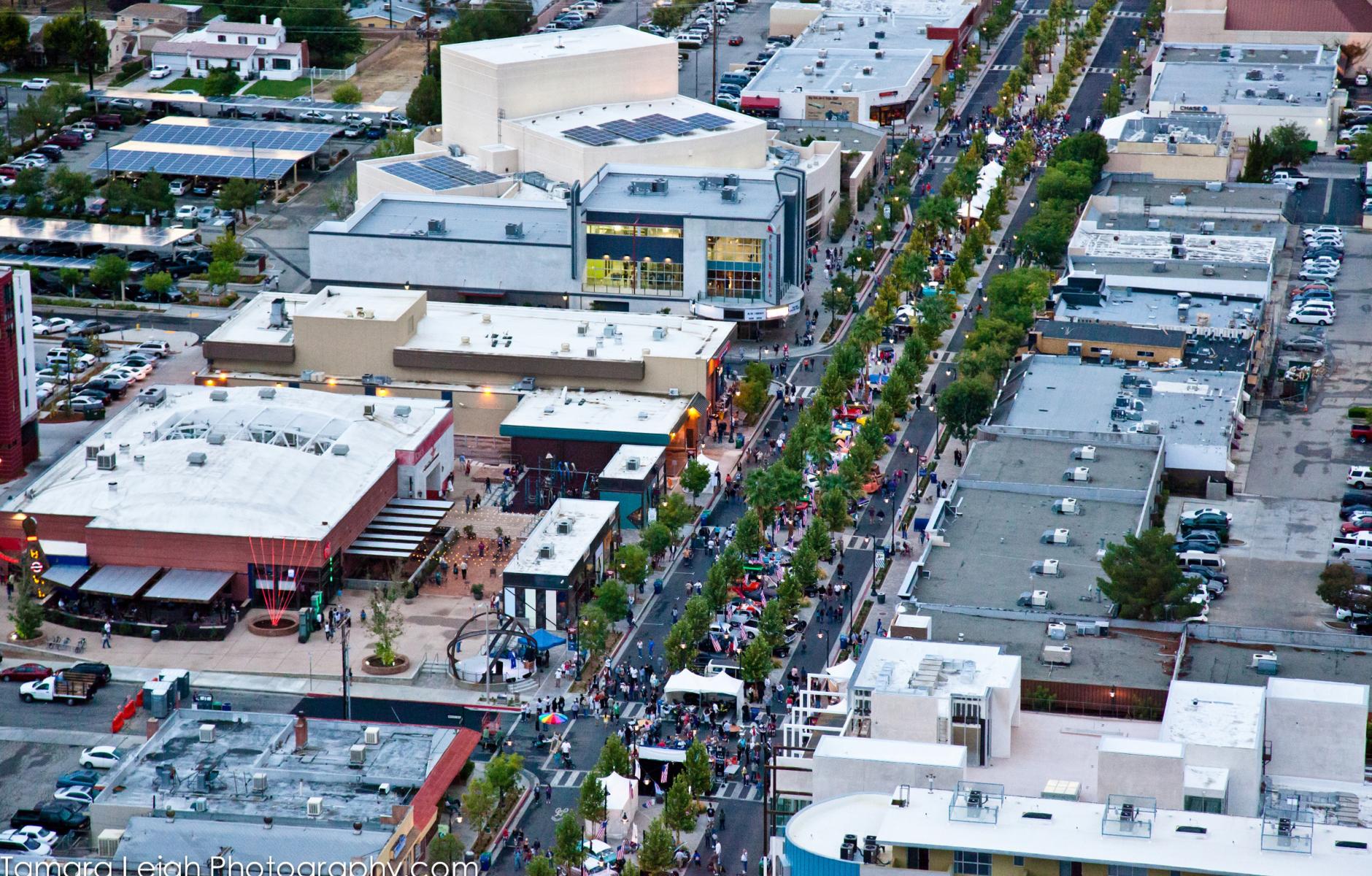
Where to begin? Target a place
Note: This document is one of a series of tools created for Build a Better Burb, the Hub for Great Suburban Design. The series emerged from the Build a Better Burb Sprawl Retrofit Council in Miami, Florida, in March, 2016—an event aimed at expanding transportation choice, sense of place, and sustainability of the suburbs. The Build a Better Burb website has been recently updated by CNU.
The Problem
Many suburbs would like to revitalize infrastructure and assets, but they don’t know what problems to tackle first. Not knowing can lead to paralysis.
Discussion
Many suburbs suffer from lack of diversity in the built environment. The commercial districts serve a single purpose, the office parks are active 9-to-5, the main thoroughfares serve mainly automobiles, and subdivisions lack easy access to schools, shops, and parks. Regulations and infrastructure investments have inadvertently led to this outcome. Furthermore, many communities have underutilized assets such as parking lots that are empty or half-full, business parks with high vacancies, low-value strips, or leftover pieces of land.
One approach is to look for the most likely places for transformation. They could include a shopping mall that has gone out of business or a commercial strip with vacancies or too much asphalt. An assessment of opportunities and barriers can be made for a targeted location.
A Solution
Looking for opportunities and targeting specific locations can make the problem smaller, clearer, and more defined. Here are two communities that found an opportunity, a specific part of town, and they brought about a transformation.
Lancaster, CA | The community targeted Lancaster Boulevard, a commercial strip, less than a mile long, flanked by postwar housing. Completed in 2010, streetscape investments of $11.5 million generated $273 million in economic benefit in two years. Redevelopment brought 800 housing units and 50 new businesses.
Roanoke, TX | Officials borrowed $8 million to invest in a two-thirds-of-a-mile commercial corridor called Oak Street and adopt a form-based code. In less than 10 years, the corridor has been transformed with six new buildings, six historic rehabilitations, and a dozen restaurants. Oak Street has become a destination and a place for outdoor entertainment and festivals, the heart of a growing community. The sales tax increase is already where the city had hoped it to be in 20 years. “The eight million invested turned out to be a hell of a deal for everybody — businesses, property owners, and taxpayers,” planner Scott Polikov concludes.
More Information
Many resources are available for suburban communities seeking revitalization and diversity in their built environments, including the websites for Build a Better Burb (buildabetterburb.org) and CNU (www.cnu.org), in addition to books such as Retrofitting Suburbia and Sprawl Repair Manual. Also, check these links: Lancaster Boulevard, Lancaster, CA, Oak Street, Roanoke, TX .
Download this tool here.
Find the other tools here.




